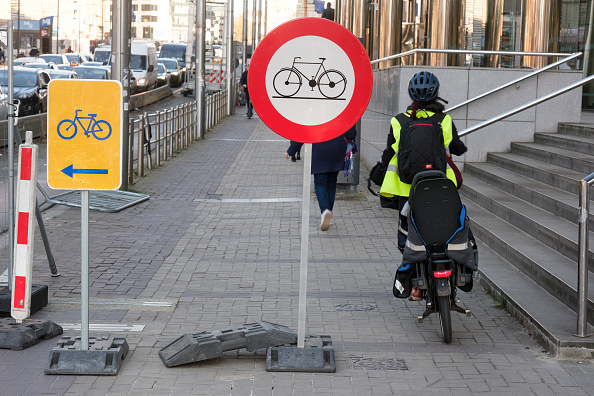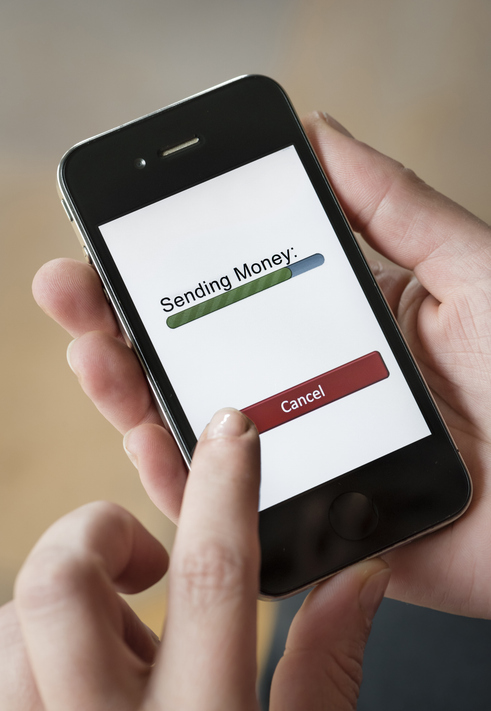On 29 May, the national holiday of Ascension Day, Google Maps displayed large swathes of the German autobahn network as closed, prompting widespread detours and congestion.
Users setting out for the holiday or a long weekend trusted red “road closed” warnings and “no entry” symbols to reroute but it turned out none of those sections was actually blocked.
Traffic backed up across Germany, spilling into Belgian and Dutch border regions. In Berlin, Frankfurt and Hamburg, secondary roads became gridlocked as drivers sought any alternative to Google Maps’ indicated closures.
The worst-hit routes were in North Rhine-Westphalia and the Ruhr area, as reported by Dutch newspaper HLN. They were shown as closed, which was not actually the case.
On the Belgian and Dutch sides of the border, major corridors — A1, A3, A4, A40, A45, A52 and A57 — were affected by traffic jams.
The timing amplified the disruption, as holidaymakers hit the roads adding to the traffic. A Google spokesperson told German media outlets that the company was investigating the cause.
By early evening, the erroneous closures had vanished from the system. According to HLN, Google Maps compiles traffic information from three sources: Third-party data providers, public transport authorities and real-time user reports.
Drivers seeking a second opinion discovered that Apple Maps and Waze showed normal conditions. As Der Spiegel noted, those who switched apps realised quickly that no lanes were shut.
Having already driven on to narrow country roads, some users blamed Google for sending them into congestion instead of preventing it. A handful even reported the issue to local police, fearing a terrorist attack or hacking.
On May 2, Thuringia police had posted on X: “Attention : motorway tunnels in Thuringia are open!” That warning, aimed at pre-empting similar confusion, proved prescient. The tweet underscored how few alternatives drivers considered before obeying app directions.
Google loyalists — those who routinely follow Maps without cross-checking — felt the impact most keenly. Commuters on tight schedules, international tourists who could not read German road signs and drivers unfamiliar with rural networks all defaulted to the app.
Police departments across affected States kept traffic bulletins on social channels, reminding drivers that “real-time” data could still be wrong. They urged motorists to verify unexpected closures by checking signage or calling local transport authorities.
The glitch lasted several hours before being resolved later the same day, HLN reported.
At the time of writing, Google had not been able to explain what caused the problem.





